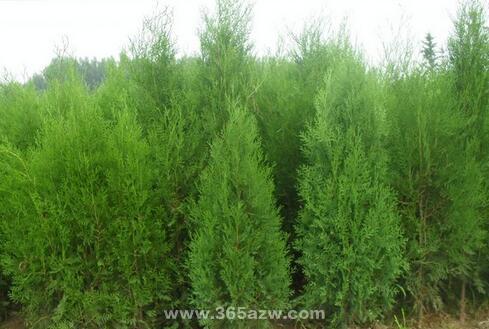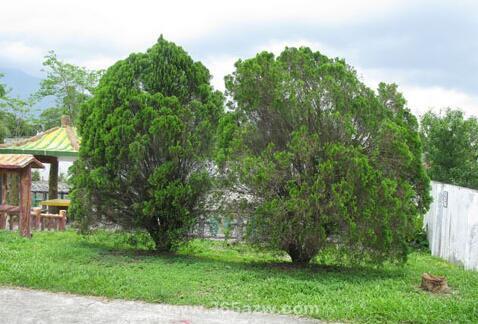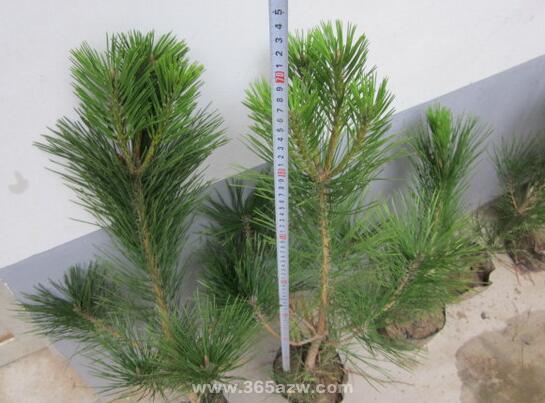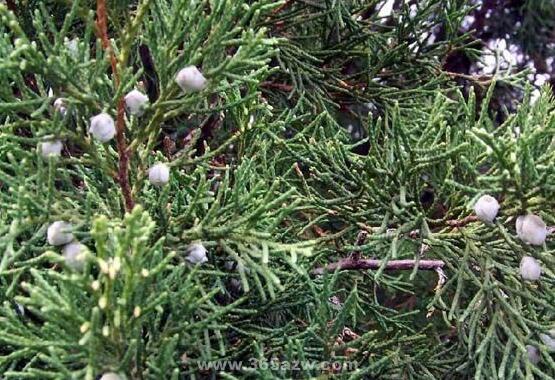What are the effects and effects of Platycladus orientalis leaves
The leaves of Platycladus orientalis are very effective for some diseases of the body. What are the effects and effects of Platycladus orientalis leaves? Next, I will introduce it to you in detail.

The leaves of Platycladus orientalis are the tender branches and leaves of Platycladus orientalis. On the surface, the leaves are opposite to each other, and the cross section is yellow and white. The texture is crisp and easy to break. Slightly fragrant gas, bitter taste, one of the hemostatic drugs, with hemostatic, black hair, cough and asthma and other effects.
Platycladus orientalis leaves can treat hair loss and gray hair, so how to use Platycladus orientalis leaves to wash hair?
1. First of all, make sure that you are using real Platycladus orientalis leaves, and if possible, it is best to use wild ones. The artificial cultivation in the park has little effect.
2. It's best to keep your hair short in this way.
3. When using it, try to remove part of the branches of Platycladus orientalis leaves and use only leaves.
4. You can boil the water first, and then soak the Platycladus orientalis leaves in hot water. Don't boil the Platycladus orientalis leaves any more. Wait for the water to clear and warm, and then wash your hair.
As long as we persist in it for a long time, the effect will certainly be seen.
The leaves of Platycladus orientalis are the tender branches and leaves of Platycladus orientalis. The leaves of Platycladus orientalis are mostly branched, small and of different length, and are scaly. The color is reddish brown. On the surface, the leaves are opposite to each other, and the cross section is yellow and white. The texture is crisp and easy to break. Slightly fragrant gas, bitter taste, one of the hemostatic drugs, with hemostatic, black hair, cough and asthma and other effects.

Efficacy and function of Platycladus orientalis leaves
1. Functional indications
Cool blood, stop bleeding, remove rheumatism, disperse swelling toxin. Treat hematemesis, dysentery, hematuria, dysentery, intestinal wind, metrorrhagia, rheumatism, bacillary dysentery, hypertension, cough, erysipelas, gills, scald.
two。 Treat alopecia
Soak fresh Platycladus orientalis leaves in 60% alcohol, filter the medicine solution 7 days later, and rub the hair shedding parts 3 times a day. Hair growth can be seen in all patients after treatment. if you can persist in continuous application and increase the drug concentration, the hair growth can be denser and it is not easy to fall off at the same time.
3. Treatment of pertussis
Use fresh Platycladus orientalis leaves (even young twigs), add water and fry into 100 milliliters, plus 20 milliliters of honey. If you use dry products, fry every two into 150 milliliters, plus 30 milliliters of honey. Dose: 10 to 15 milliliters per time within 1 year old, 15 to 30 milliliters between 1 and 3 years old, and 30 to 50 milliliters over 4 years old, all taken three times a day. Take it continuously for 1 to 3 weeks depending on the condition. The earlier the treatment, the higher the curative effect and the shorter the course of treatment. Preservatives can be added when preparing this agent, otherwise it will turn sour or foam after more than 4 days. The effect of fresh Platycladus orientalis is better.
4. Treatment of pulmonary tuberculosis

Intravenous drip: 100% cypress leaf injection 20 to 30 ml in 150 ml of 10% glucose solution, drip in about 1 hour
Second intravenous injection: 100% side cypress leaf injection 20 to 30 ml in 10% glucose solution 30 ml, about 15 minutes to complete the injection. After treatment for more than one month, 64 patients were clinically cured in 9 cases, significantly improved in 6 cases, improved in 32 cases, unchanged in 12 cases and deteriorated in 5 cases. The course of treatment is generally 2 months, which is better for fresh tuberculosis focus and infiltration period, but poor for old tuberculosis and thick-walled fiber cavity type. No toxic reaction was found in the process of application.
5. Treatment of chronic tracheitis
Take 3700 grams of Platycladus orientalis leaves, fried and concentrated into thick paste at 1:2; another 300g Platycladus orientalis leaves into fine powder, mixed into thick paste, dried, pressed into slices, each weighing 0.5g. Take 4 tablets 3 times a day after meals for 10 days as a course. Or with Platycladus orientalis leaves, rat koji grass (that is, Saxifraga) 1.5 two each, made into tablets, three times a day after meals, 10 days as a course of treatment. The side effects include epigastric discomfort, abdominal distension, nausea, vomiting, poor stomach, dry pharynx, dizziness, etc., which do not need to be treated and can disappear in a short time. A small number of patients have had skin rash and itching or edema of eyelids, face and lower limbs, which may be an allergic reaction to drugs and disappear on their own after drug withdrawal.

The above is the introduction of the efficacy and function of Platycladus orientalis leaves. I hope it will be helpful to you.
Related
- Wuhan Hospital Iron Tree Blooming Result Was Instantly Frightened by the Gardener Master
- Which variety of camellia is the most fragrant and best? Which one do you like best?
- What is the small blue coat, the breeding methods and matters needing attention of the succulent plant
- Dormancy time and maintenance management of succulent plants during dormancy
- Minas succulent how to raise, Minas succulent plant pictures
- What are the varieties of winter succulent plants
- How to raise succulent plants in twelve rolls? let's take a look at some experience of breeding twelve rolls.
- Attention should be paid to water control for succulent plants during dormant period (winter and summer)
- Watering experience of twelve rolls of succulent plants
- Techniques for fertilizing succulent plants. An article will let you know how to fertilize succulent plants.



